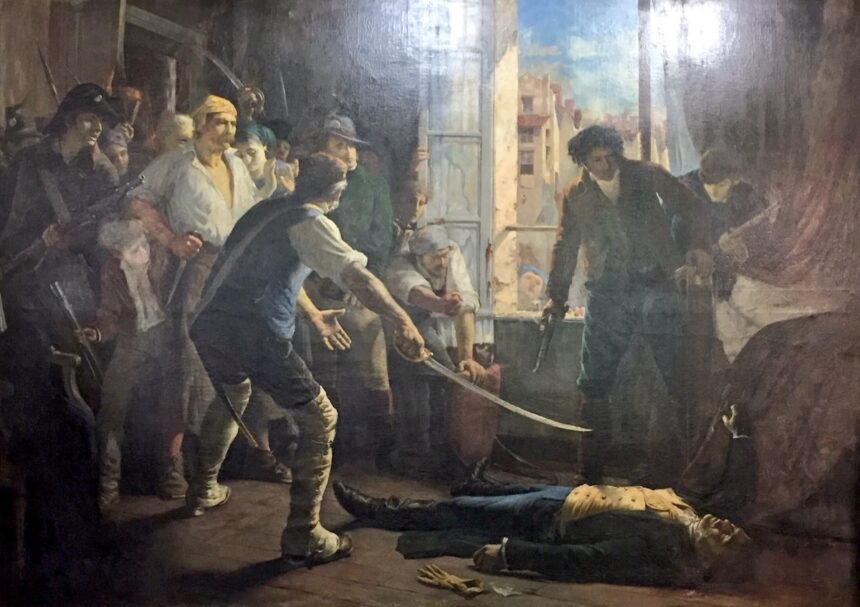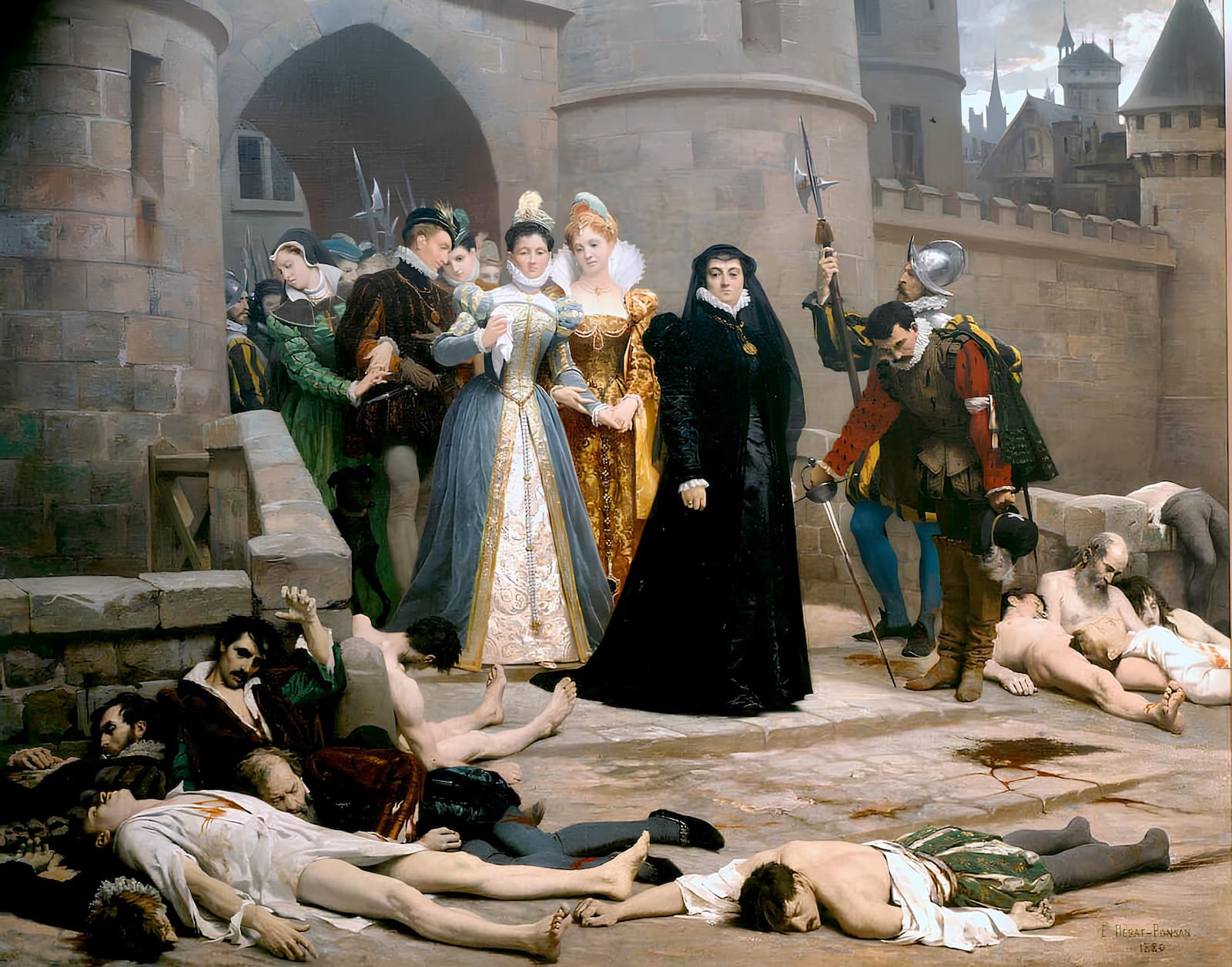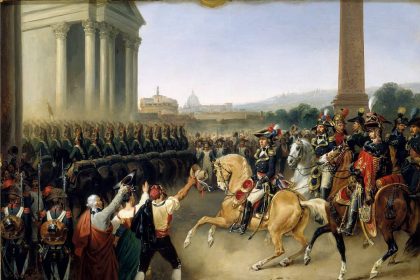Second White Terror (1815): How the Bourbons Crushed Bonapartist Supporters
The Second White Terror was a period of royalist violence and reprisals against supporters of Napoleon Bonaparte and the French Revolution following Napoleon's defeat at Waterloo and the restoration of the Bourbon monarchy under Louis XVIII in 1815.






